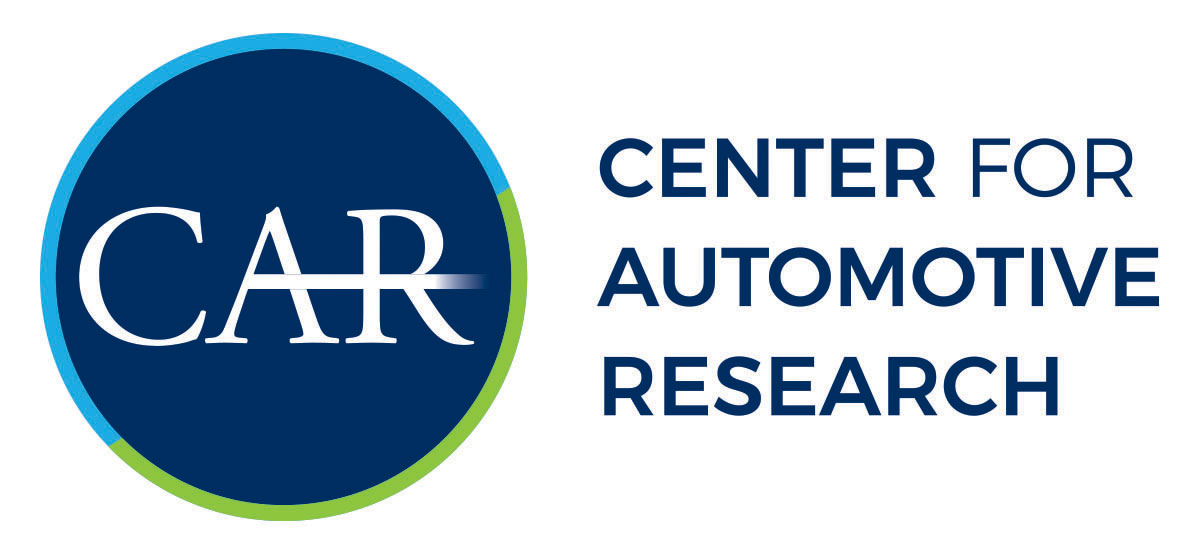HOT TOPICS – MBS SPECIAL EDITION 08/04/2023
This week we are debuting an MBS Special Edition of Hot Topics. Principal Economist Yen Chen, and Industry Analysts Tyler Harp and Alex Kulicki of the Center for Automotive Research share their top takeaways from MBS23 “Confronting the Challenges of Automotive’s Future” conference.
If you would like to receive this bi-weekly insight into critical industry issues you and your organization are facing, sign up for our mailing list here to get Hot Topics sent directly to your inbox.
Policy/Trade- Regulatory and Trade Challenges for a New Mobility Era:

Yen Chen’s thoughts:
Although the pandemic is largely behind us, it left many long-term impacts on the automotive industry. One of them is localizing or nearshoring automotive supply chains. The U.S. trade policy should focus on strengthening the trade relationship between our neighbors and discourage offshoring supply chains. However, over emphasizing localization might result in unintentional consequences such as vehicle price inflation. Every trade policy has unique goals and intentions, but they might contradict each other during implementation. For example, USMCA requires 75% of the vehicle’s regional value contents, 70% of regional steel and aluminum, and 40% (45% for light trucks) of higher-wage ($16/hour or above) labor value content. It brought motor vehicle production back to the U.S. and increased production costs. As a result, domestic passenger cars are no longer profitable, and companies have to close unprofitable plants; consumers lose the choice of affordable domestic vehicles, and imported cars see the opportunity and quickly take away the market share.
Are Materials the New Frontier of the Automotive Industry?

Tyler Harp’s thoughts:
The equation for materials has changed as the cost of an EV battery falls toward $100 per kWh. While lightweighting remains important, it is not everything – materials must strike a balance between weight, cost, performance, and the rising prominence of sustainability as manufacturers innovate to meet customers’ wants and needs. OEMs are factoring in sustainability to lower their carbon footprints now, ahead of expected regulation. However, this could threaten supply chain resiliency in the future. Business models that rely heavily on recycled materials to meet emission goals could be at risk as demand outpaces supply. For steel, “there is [already] a bigger market for scrap than there is scrap available” (Michael Davenport, Executive Director of the Auto/Steel Partnership). Throw in regional differences across the globe in regulations and availability of raw materials, it is an exciting time in the world of advanced materials.
Balancing ICE & EV Models in the Global Market:

Alex Kulicki’s thoughts:
The Center for Automotive Research’s 58th Management Briefing Seminars hosted speakers with expertise across a range of disciplines. Despite such breadth, one phrase resonated between each seminar: China is coming, and it is not a matter of if, but when. The chaos of balancing ICE and EV models among challenges such as multipurpose production facilities, the supply of semiconductors, and labor contract negotiations will create disruptive opportunities for new EV entrants. Brand loyalty has eroded as affordability remains the distinguishing factor for consumers who seek a vehicle with optimal range and a reliable charging network. However, recent vehicle launches suggest winning over U.S. consumers with a new EV provides many challenges in addition to the provision of a cost-effective vehicle. The collaboration between established OEMs and Chinese EV specialists remains a tactical strategy to reduce uncertainty and risk throughout EV development, as well as provide covert vehicle introductions in overseas markets to unsuspecting consumers.
Get our feature stories straight to your inbox.
Join our email list today and never miss our feature stories, publications, and event news.

